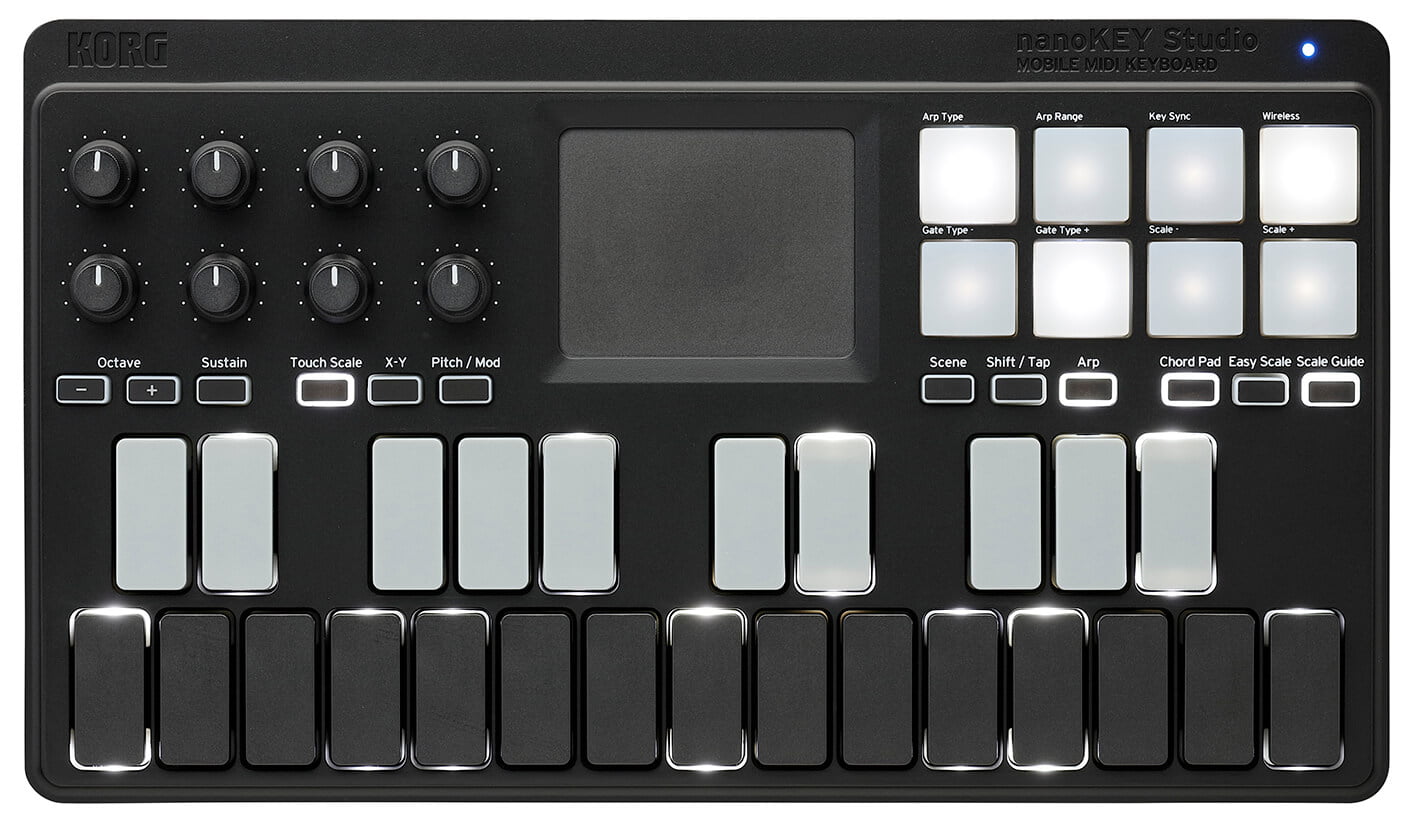
- #Midikeys windows how to
- #Midikeys windows pro
- #Midikeys windows software
- #Midikeys windows plus
- #Midikeys windows series
#Midikeys windows pro
Logic Pro X’s Smart Control offer an untold number of creative possibilities, one of which we detailed in last week’s Logic Pros article, especially due to level of user customization it offers. From here, select the folder or “Zone” you created earlier, and delete the desired assignment in the right most panel where it is listed. If you need to delete an assignment for any reason, simply open the Controller Assignments window and head to Expert View. Disable “Learn” mode by deselecting the button in the bottom right corner. Now interact with the hardware fader, button or rotary encoder on your device you would like it to control, and you’re done. At that point you will notice Logic recognize that control in the “Parameter:…” field. After enabling “Learn” mode in the bottom right corner, simply click and move any control you desire. Now let’s head back to ≈by clicking the tab along the top of the window to start making assignments. While this step is optional, we won’t be spending much time here and it is always a good idea to keep things organized.Ĥ. I like to name the zone whatever the controller is I am signing controls to, in this Akai MPK61.
#Midikeys windows plus
Simply click the small plus sign on the bottom most left corner of the window to create a new “Zone” or group of assignments. Command + comma, then select the Advanced tab along the top, and enableģ. Note: If you can’t see the Expert View option, it is likely because you don’t have Advanced Tools showing in your LPX Preferences. First, let’s pop over to Expert View by hitting the tab along the top of the window. From here, we have two options: Easy View and Expert View. First let’s open up Logic’s Controller Assignments window (shift + alt + K, or Logic Pro X > Control Surfaces >….).Ģ. I always like to leave a few open so that I can make assignments on-the-fly based on a particular creative situation.ġ. Note: while every mapping assignment we make below can be altered at a later date with ease, it’s always a good idea to take some time think about what functions you use most and which hardware controllers you would prefer them on. Combining/adding-to a pre-made map using the steps below can be a great way to get started: It is also a good idea to check with the manufacturer to see if they have a Logic Pro X map that can be downloaded. As far as transport controls (play, stop, skip, etc.) go, on some devices there are dedicated buttons for any DAW that will need to be configured on the hardware itself, and in other cases we can use Key Commands.

After making the assignments, LPX will remember your set-up and have it just as you left it every time you open another session up.Īlong with traditional functions like volume, mutes and solos, I also like to have permanent hardware controls for some of my favorite effects, Logic’s Channel EQ for basic filtering, third party virtual instrument macro controls, and LPX Smart Control (more on this below). Nobody wants to spend time mapping controls when it comes to LPX, but we’ll just need to fire off some quick messages using Logic’s “Learn” function to make this happen, and then it’s back to the music. While these might work great for some, with a few simple moves, we can have just about any MIDI controller communicating with Logic Pro X in a completely customized way.
#Midikeys windows software
There a number of customized controller options (some of which we will be taking a closer look at in future Logic Pros articles) that are specifically tailored to software counterparts like the Native Instruments Complete Kontrollers, or the popular Abelton Live grid controller options.
#Midikeys windows how to
We will be covering the basics of how to get our MIDI keyboard/controller mapped to just about any parameter in our session, along with a few creative ways to bring some of Logic Pro X’s more powerful features into the real world: Control Your Controller: The keys/pads function just as they should, but the plethora of other dials and faders available generally won’t do much, unless you tell them to.

In many case, we get home with our MIDI controller, plug it in, and it just works. In this week’s edition of The Logic Pros, we will be looking at how to map all those fun looking sliders, switches, buttons and encoders on our controllers to various functions inside of Logic Pro X.

If there is any gear you would like us to take a closer hands-on look at, let us know in the comments section below or shoot us an email.
#Midikeys windows series
The Logic Pros is a new regular series exploring all of the most interesting gadgets and software for making music on your Mac/iOS devices.


 0 kommentar(er)
0 kommentar(er)
